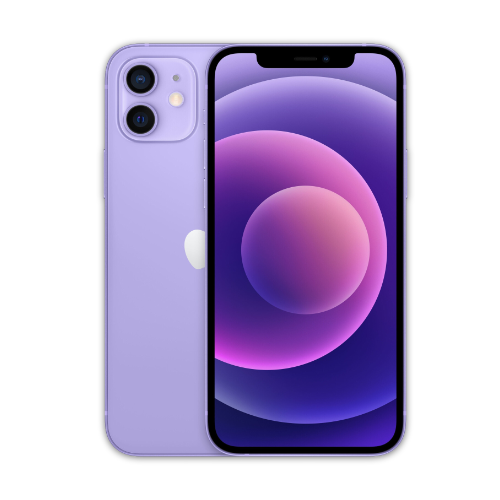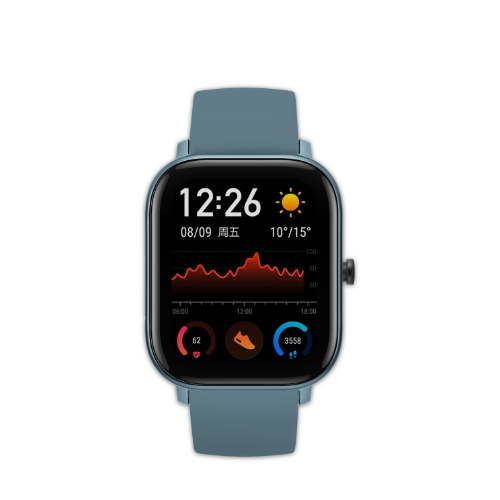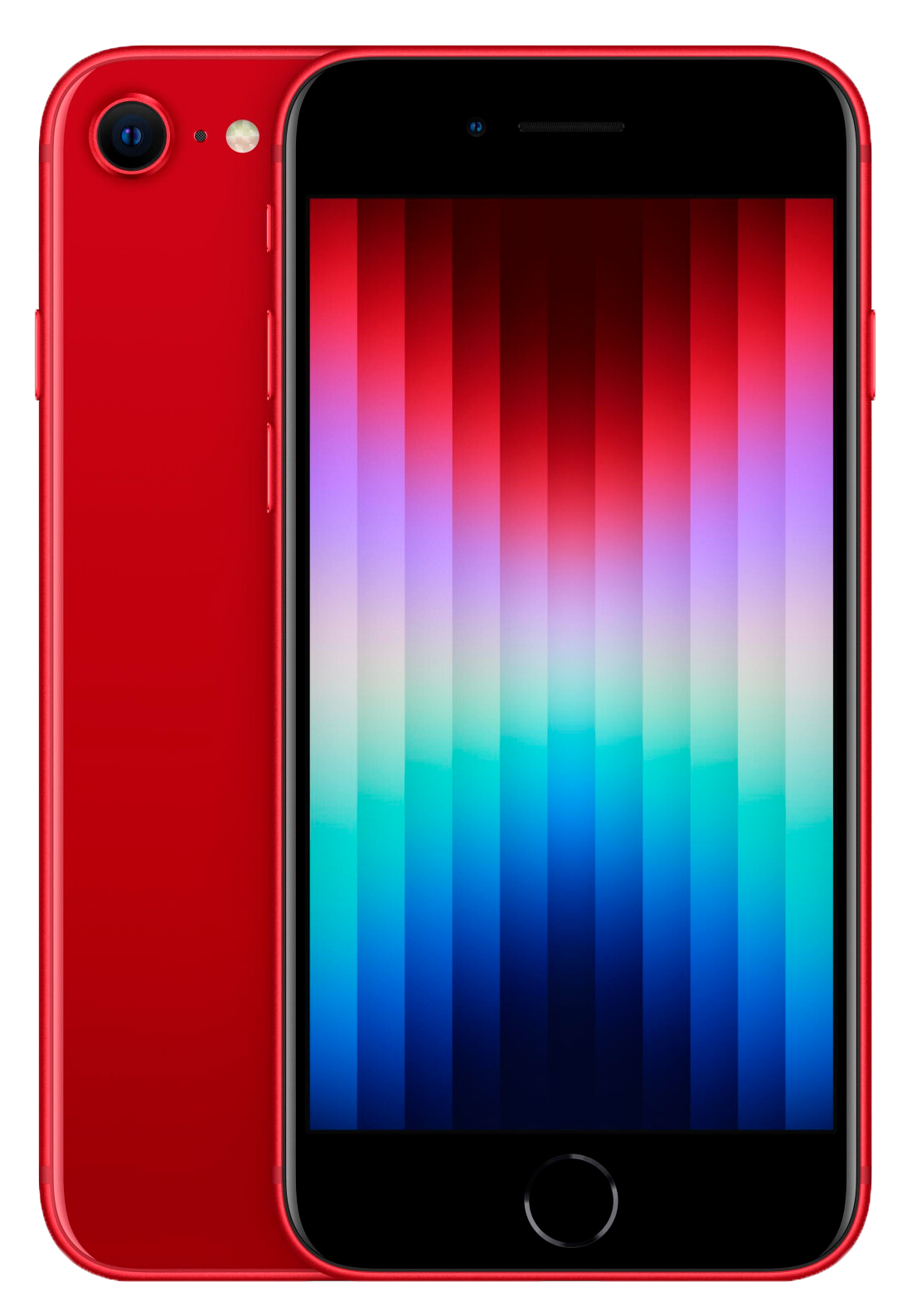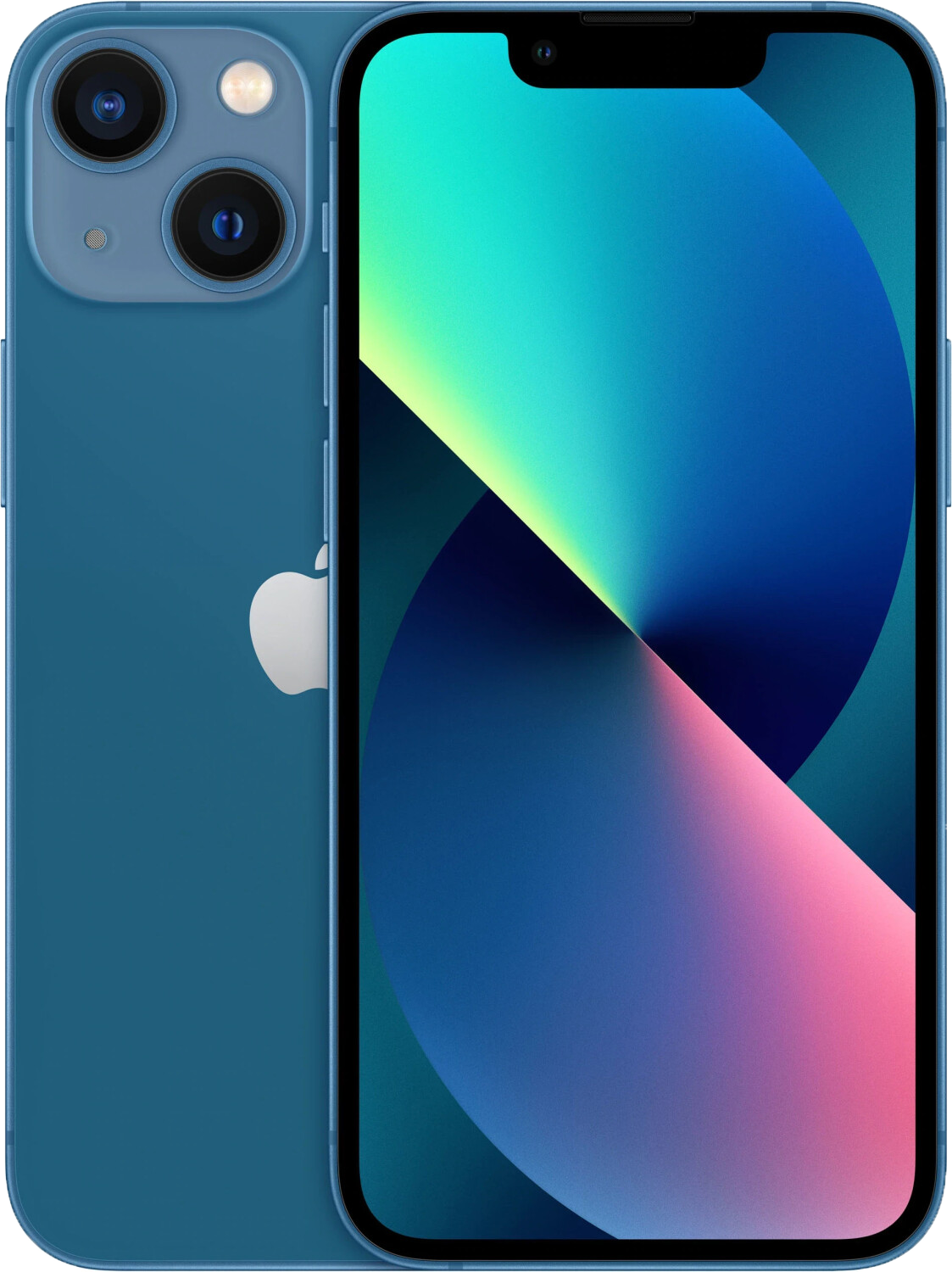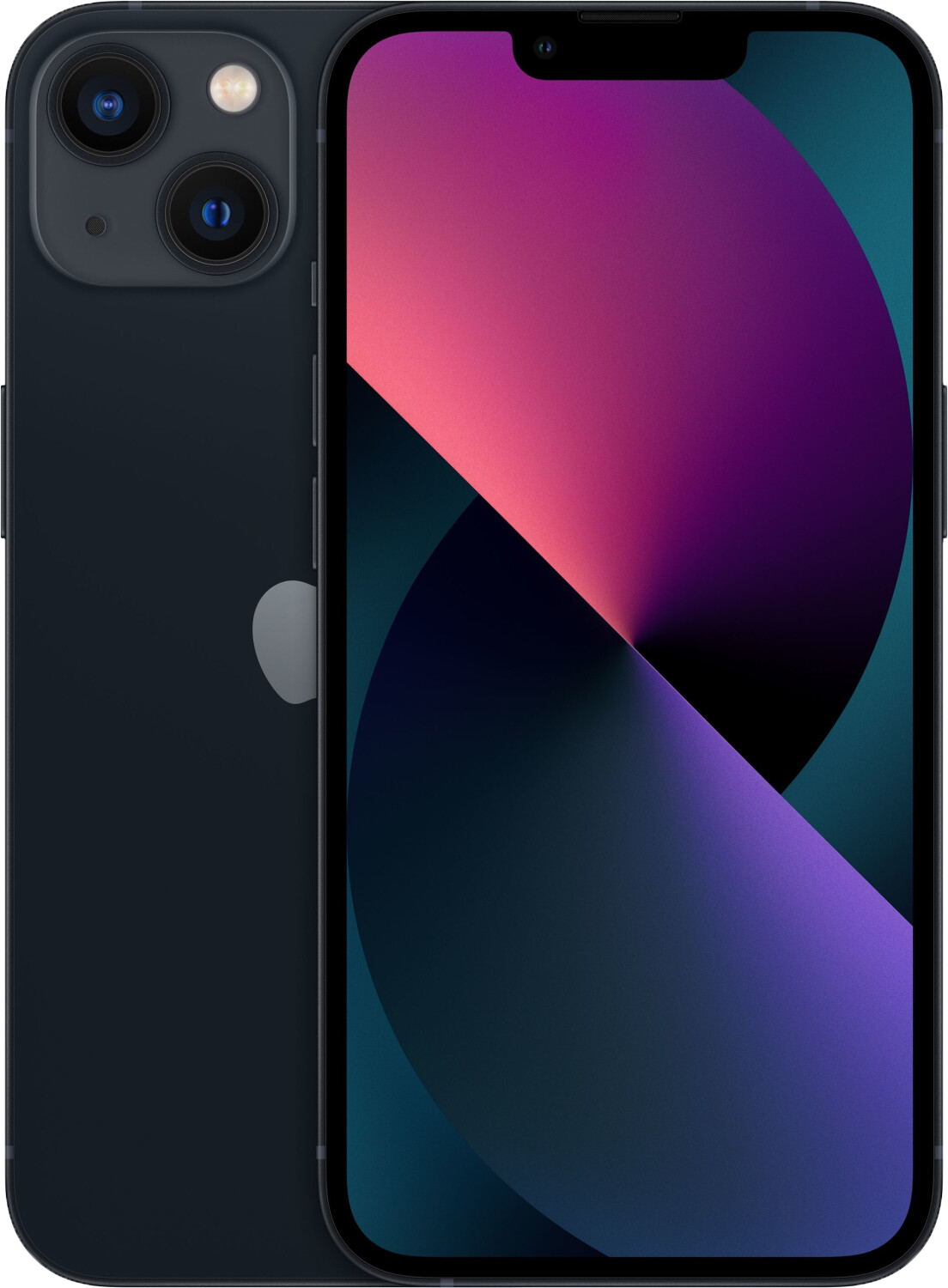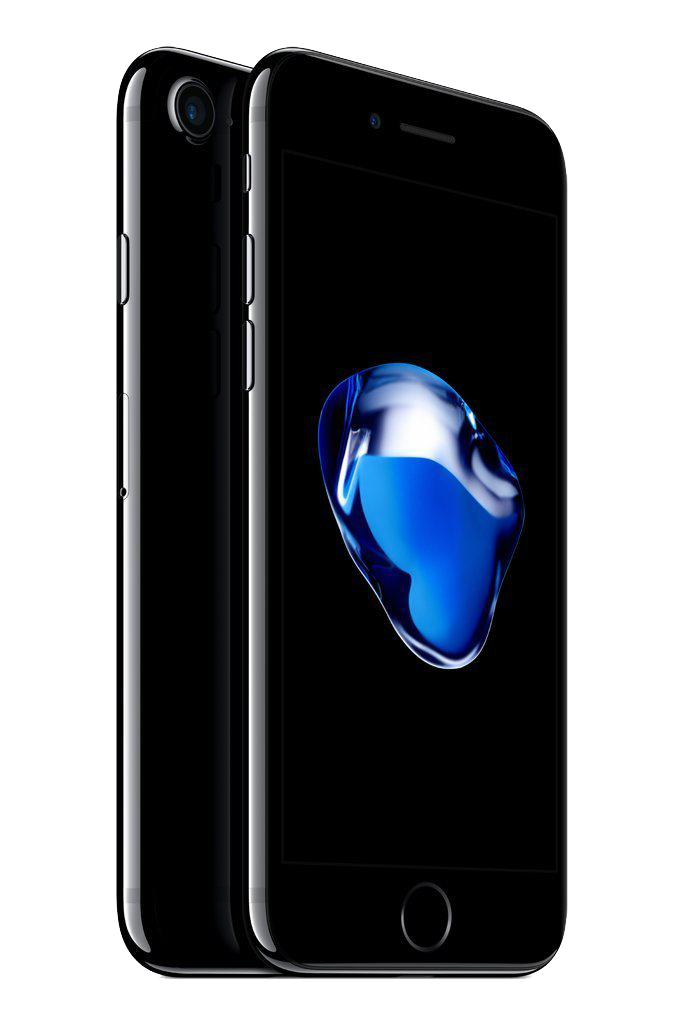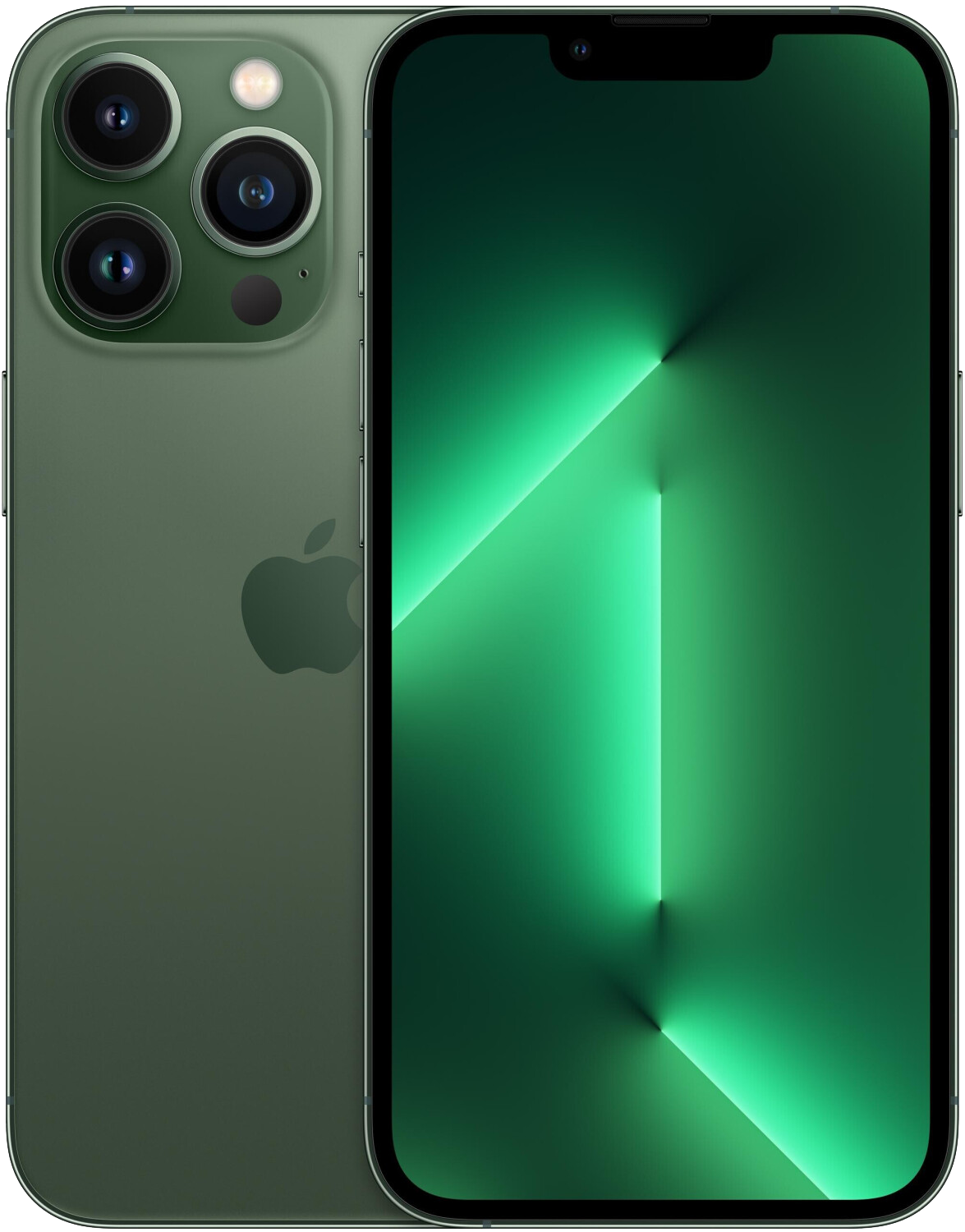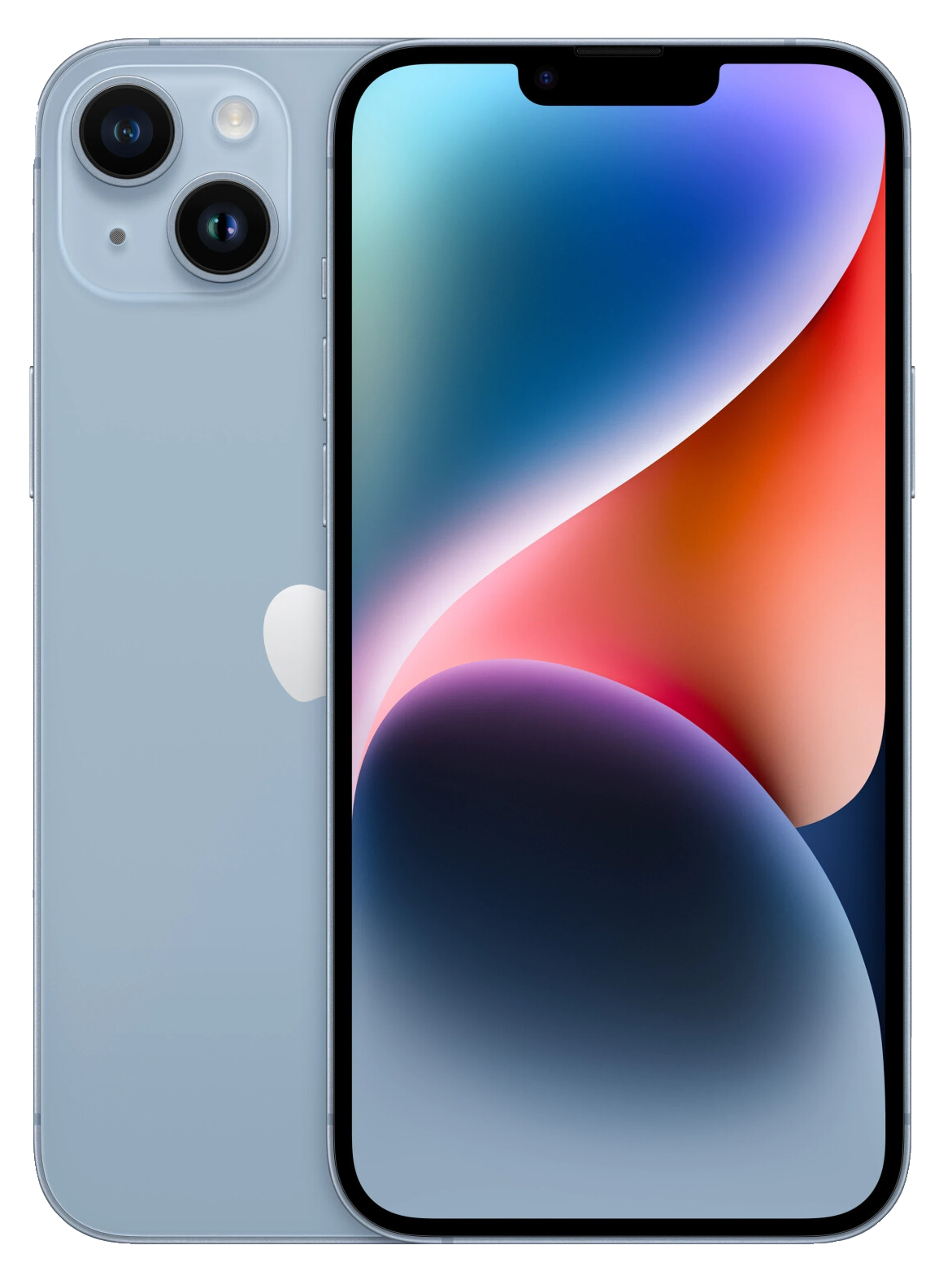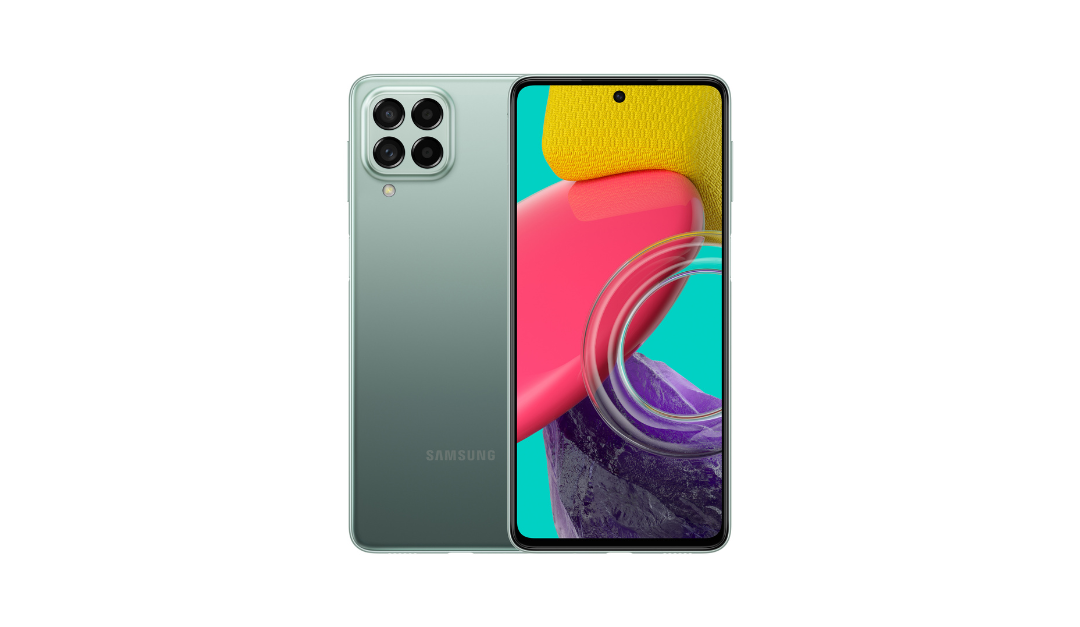The 4th generation of the AirPods standard series has been on the market since September 2024. Apple revolutionized headphones with the first generation in 2016. Since then, new models have been released and the AirPods have been continually improved. With the 4th generation, Apple now promises many new features that make them an attractive choice for many users. But is the extra cost really worth it, or is an older generation sufficient?
In our buying guide, we examine all 4 generations of the standard AirPods - this is not about the AirPods Pro or AirPods Max - and weigh up their advantages and disadvantages. For whom is it still worth buying the first generation and who can safely pay the expensive price for the latest AirPods?
AirPods 1st generation - the original that changed everything
What do the first generation AirPods offer?
- Chip: W1chip for efficient wireless connection
- Battery life: Up to 5 hours of listening time, up to 24 hours with the charging case
- charging case: Wireless charging not supported, Lightning charging cable required
- Bluetooth: Bluetooth 4.2
- Audio quality: Standard sound quality without spatial audio or special sound enhancements
- Operation: Double tap to activate Siri
- Microphones: Dual beamforming microphones for calls and Siri integration
- Sensors: Optical sensors and accelerometers to detect when they are in the ear
- Compatibility: Works with iPhone, iPad, Mac and Apple Watch from iOS 10
What features are missing compared to the new generations?
The first AirPods were a revolution in their day, but over the years the AirPods have been further developed, so that the first generation in 2024 seems rather spartan. Compared to the newer models, this generation lacks some useful features. For example, they offer no water protection or spatial audio. Even with the Bluetooth connection you have to Bluetooth 4.2 instead of enjoying the benefits of Bluetooth 5.0. The charging case also supports no wireless charging and the battery life is also short compared to newer models.
For whom is the first generation still worthwhile?
Under normal circumstances, the AirPods 1st generation are no longer an attractive choice. But there are some factors that justify the purchase. The first generation is especially worthwhile for you if you have a limited budget and still want to enter the Apple ecosystem. They offer a solid sound quality and wireless connection, which is sufficient for many everyday situations. If you only use the AirPods occasionally, for example for phone calls or music on the go, they serve their purpose. Especially compared to newer models, they are often available at a lower price, which makes them attractive to cost-conscious buyers.
AirPods 2Generation – more performance, same design
What do the second generation AirPods offer?
- H1 chip: This enables faster and more stable connections to Apple devices, faster switching between devices and lower latency.
- “Hey Siri” voice activation: You can activate Siri hands-free using voice commands without touching the AirPods.
- Battery life: Up to 5 hours of listening time per charge and up to 3 hours of talk time. With the charging case, a total of up to 24 hours of listening time is possible.
- Bluetooth 5.0: Provides a more stable and faster connection compared to Bluetooth 4.2.
- Automatic switching on and off: The AirPods detect when they are in your ear and turn on or off accordingly.
- Dual microphones: Beamforming microphones filter out background noise to ensure clear voice quality during calls.
- Charging case options: Available with a standard charging case or a wireless charging case that works with Qi compatible chargers.
For whom is it still worth buying in 2024?
The AirPods 2nd generation are still worthwhile for many users who are looking for a simple and reliable pair of wireless headphones. If you primarily value a solid sound quality, one stable connection and seamless integration into the Apple ecosystem, the AirPods 2 are a good choice. They are perfect for you if you don't need high-end features like active noise cancellation or spatial audio, but rather focus on comfort and everyday usability.
The hands-free function "Hey Siri" and the H1 chip make them particularly attractive for users who value quick and convenient operation. If you mainly listen to music, enjoy podcasts or want to take calls without needing a lot of technical bells and whistles, the AirPods 2 offer just the right level of functionality. Especially if you pay attention to the price, they offer a good cost-performance ratio, as they are often cheaper than the latest models, but still offer current features such as Bluetooth 5.0 and a good battery life offer.
AirPods 3rd Generation – The middle ground between comfort and sound
What innovations did the 3rd generation bring?
- Chip: Still an H1 chip that ensures a stable and fast connection.
- Audio technology:
- Spatial Audio: With dynamic head tracking for an immersive sound experience.
- Adaptive EQ: Automatically adjusts the sound to the shape of your ears.
- Battery life:
- Up to 6 hours of listening time per charge.
- With the charging case up to 30 hours total listening time.
- 5 minutes of charging provides about 1 hour of listening time.
- Protection class: Sweat and waterproof according to IPX4 standard, suitable for sports and outdoor activities.
- Design: Shorter handle than previous models, more ergonomic fit.
- Operation: Force sensor control on the stick for playing, pausing, answering calls and controlling media.
- Bluetooth: Bluetooth 5.0 for a more stable and faster connection.
- Load: Wireless charging possible with MagSafe compatible charging case as well as charging via Qi compatible chargers.
- Microphones: Dual beamforming microphones and an inward-facing microphone for clearer calls and better noise cancellation during phone calls.
Is it worth upgrading from the 2nd to the 3rd generation?
Whether upgrading from AirPods 2 to AirPods 3 makes sense depends on your individual needs and usage habits. The AirPods 3 offer noticeable improvements in several areas that make the upgrade worthwhile for many users:
- Better sound quality: With features like spatial audio and dynamic head tracking, the AirPods 3 offer a significantly better sound experience than the AirPods 2, which do not have these features. In addition, the Adaptive EQ ensures that the sound is adapted to the shape of your ear.
- Longer battery life: The AirPods 3 have an extra hour of listening time per charge, giving a total of 6 hours of listening time. The charging case also has a larger total capacity, with up to 30 hours, while the AirPods 2 case only offers 24 hours.
- MagSafe compatible charging case: If you rely on wireless charging, the MagSafe compatible case of the AirPods 3 is a practical feature. The charging case of the AirPods 2 only offers this function optionally.
- Design and comfort: The shorter and more ergonomic design of the AirPods 3 offers an improved fit and more comfort, especially during extended use. The AirPods 2 retain the older, longer design.
- Sweat and water resistance: The IPX4 water protection rating makes the AirPods 3 ideal for sporting activities or use in the rain, which is something the AirPods 2 lacks.
If you find these features important—particularly the better audio quality, longer battery life, and the MagSafe-compatible case—upgrading to the AirPods 3 makes sense. However, if you mostly need basic features like listening to music or making calls and are happy with the older design, the AirPods 2 might still be sufficient, especially if budget is a factor.
AirPods 4 - the latest of the latest
What features make the AirPods 4 unique?
- Two models: AirPods 4 and AirPods 4 with Active Noise Cancellation (ANC)The ANC version brings active noise cancellation in an open design for the first time.
- New design: The ergonomic design was developed using 3D photogrammetry and laser analysis to ensure a more comfortable fit and better fit different ear shapes.
- Improved audio quality: The AirPods 4 feature a completely new acoustic architecture, a low-frequency distortion driver and a high-resolution amplifier, resulting in clearer highs and richer bass.
- Personalized Spatial Audio: Dynamic head tracking and personalized spatial audio provide an immersive sound experience that is tailored to your ears.
- H2 chip: The new H2 chip improves audio processing and enables intelligent features such as voice isolation for clear calls and Siri interactions through head movements.
- Battery life: Up to 6 hours of listening time (5.5 hours with ANC) and a total of up to 30 hours with the charging case. A 5-minute quick charge offers up to 1 hour of listening time.
- Force sensor control: There is a force sensor on the stem of the AirPods 4 that allows you to control music, manage calls and activate Siri.
- MagSafe compatible charging case with USB-C: The charging case supports wireless charging via MagSafe and USB-C, which offers more flexibility when charging. It is also 10% smaller than the previous generation.
- Adaptive audio technologies: The ANC version of the AirPods 4 offers advanced audio technologies such as Adaptive Audio, which dynamically adjusts transparency mode and noise cancellation.
Is it worth buying the AirPods 4 compared to their predecessors?
Whether it is worth buying the AirPods 4 compared to the previous models depends on your requirements. The AirPods 4 offer significant improvements in several areas:
- audio quality: Thanks to the new acoustic architecture and the H2 chip, the AirPods 4 have better sound quality than their predecessors, including the AirPods 3. In particular, the personalized spatial audio with dynamic head tracking offers an immersive sound experience.
- Active Noise Cancellation (ANC): For the first time, there is a version of the AirPods with ANC in an open design, which is a noticeable advantage over the AirPods 3 and older generations, which do not offer this feature.
- Battery life: Battery life has been improved. You get up to 6 hours of listening time per charge, which is half an hour more than the AirPods 3, and the case offers up to 30 hours of total battery life.
- design: The ergonomically redesigned design of AirPods 4 provides better comfort and fit compared to previous generations, which sometimes had problems sitting well in the ear.
- charging case: The new USB-C compatible charging case is smaller and supports MagSafe charging, which increases charging convenience.
So if you value better audio quality, active noise cancellation and longer battery life, the AirPods 4 are worth buying compared to the previous models. However, if you are happy with the basic features, the AirPods 2 and AirPods 3 still offer good value for money.
AirPods 4 or AirPods Pro - the comparison
- Design:
- AirPods 4 have an open design that fits comfortably but is less insulating.
- AirPods Pro have silicone attachments for a customizable, sealed fit that improves comfort and noise isolation
- Noise cancellation:
- AirPods 4 offer a version with ANC, but not as effective as the AirPods Pro.
- AirPods Pro have more advanced ANC and a better transparency mode.
- Sound quality:
- AirPods 4 offer improved sound, but less depth and isolation due to the open design.
- AirPods Pro deliver a more intense, isolated sound.
- Price:
- AirPods 4 are cheaper, while the AirPods Pro offer more premium features.
The AirPods 4 are ideal for everyday use, while the AirPods Pro are designed for more demanding users with higher demands on noise cancellation and fit.
What factors should you consider when buying AirPods?
When purchasing standard AirPods, there are several factors you should consider to choose the model that best suits your needs:
- audio quality: Consider how important sound is to you. Newer models like the AirPods 3 and AirPods 4 offer spatial audio and improved sound compared to older generations. If immersive sound is important to you, newer models are a better choice.
- comfort and fit: Fit matters a lot, especially with extended use. The AirPods 3 and AirPods 4 have a redesigned ergonomic design that fits more comfortably and fits more ear shapes. Older models like the AirPods 2 have a traditional design that doesn't fit everyone.
- battery life: Consider how long you plan to use the AirPods for at a time. The AirPods 4 offer up to 6 hours of listening time per charge, while the AirPods 2 and AirPods 3 offer slightly less. The charging case of the newer models also supports MagSafe and USB-C, making charging more convenient.
- noise cancellation (ANC): Standard AirPods traditionally do not have Active Noise Cancellation (ANC). With the AirPods 4, there is now a version with ANC that can reduce ambient noise. Consider whether this feature is important to you or whether you can get by without it.
- budget: Prices vary depending on the model. The AirPods 2 are the cheapest option, while the AirPods 4 are more expensive but offer more features. It's worth keeping an eye on your budget and considering which features are worth the money.
- protection against water and sweat: If you want to use the AirPods while exercising or outdoors, look for the IPX4 water resistance, which is available from the AirPods 3 onwards. Older models do not have this protection.
Conclusion: AirPods generations compared – which one is right for you?
The AirPods 1st generation offer a solid basic feature set and are ideal for budget-conscious buyers looking for a simple, reliable wireless solution. They offer basic functions such as a stable connection and good sound quality, but without modern features such as spatial audio or water protection.
The AirPods 2nd generation are a further development with the H1 chip for faster connections and the Hey Siri function. They are suitable for users who want a little more comfort and performance than the first generation, but do not place great value on advanced audio features.
The AirPods 3rd generation offer significant improvements in sound quality, spatial audio, and water resistance. They are a great choice for everyday use, especially for music lovers and users who enjoy exercising and want robust, modern features like MagSafe charging and Adaptive EQ.
The AirPods 4th generation take things up a notch with better audio quality, Active Noise Cancellation (ANC) and an ergonomically revised design. They are perfect for anyone who values maximum sound quality, long battery life and advanced technologies such as spatial audio with head tracking. The ANC option is particularly useful for users who often travel in noisy environments.

